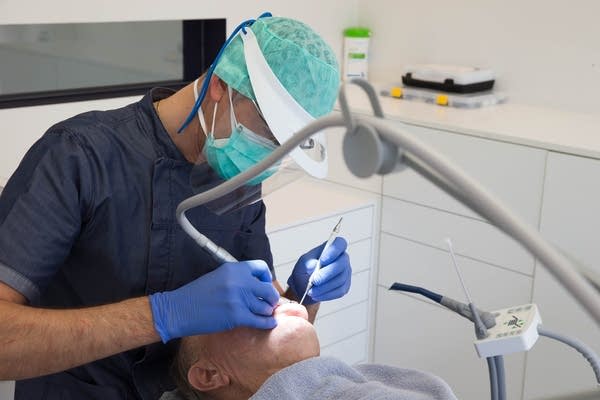When a patient really needs to open wide, but the dental office is closed

A dentist wearing a double mouth mask and a face screen treats a patient at a dentist cabinet in Gavere, Belgium, on April 6, 2020. Gov. Tim Walz ordered dental offices to suspend routine and elective care in Minnesota during the COVID-19 crisis. But some dental offices chose to simply close, creating a problem for people seeking emergency care.
Nicolas Maeterlinck | Belga | AFP via Getty Images
Go Deeper.
Create an account or log in to save stories.
Like this?
Thanks for liking this story! We have added it to a list of your favorite stories.


